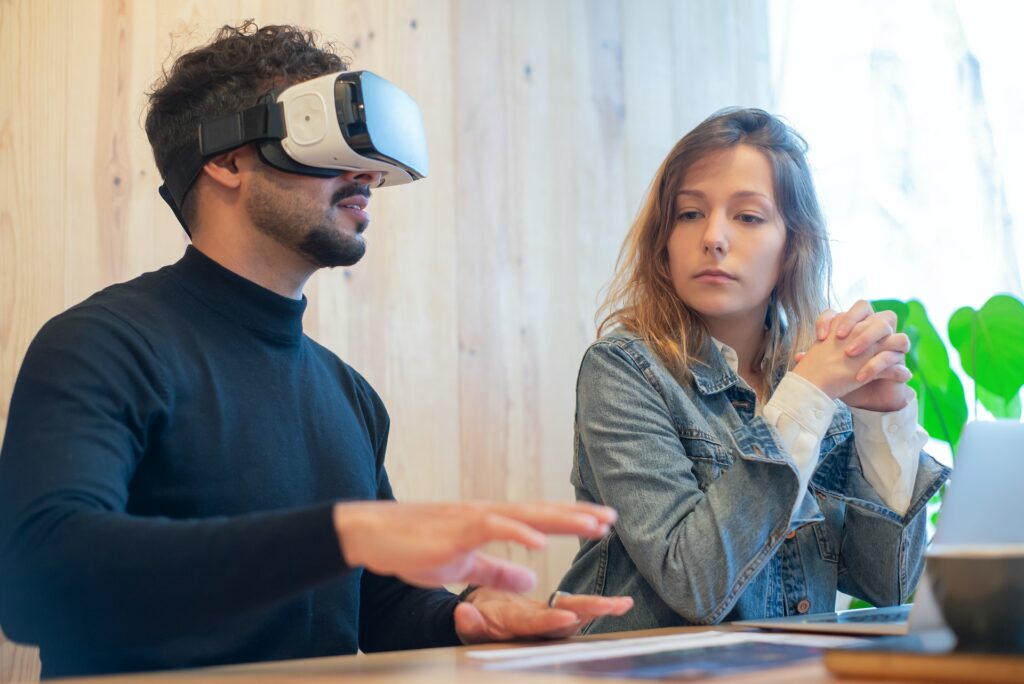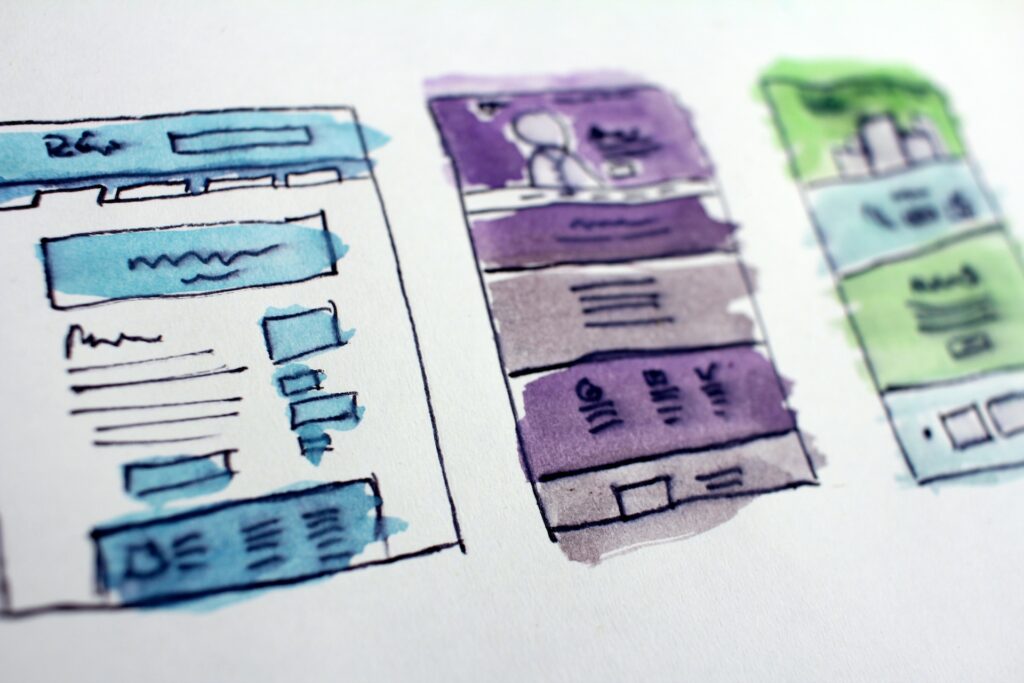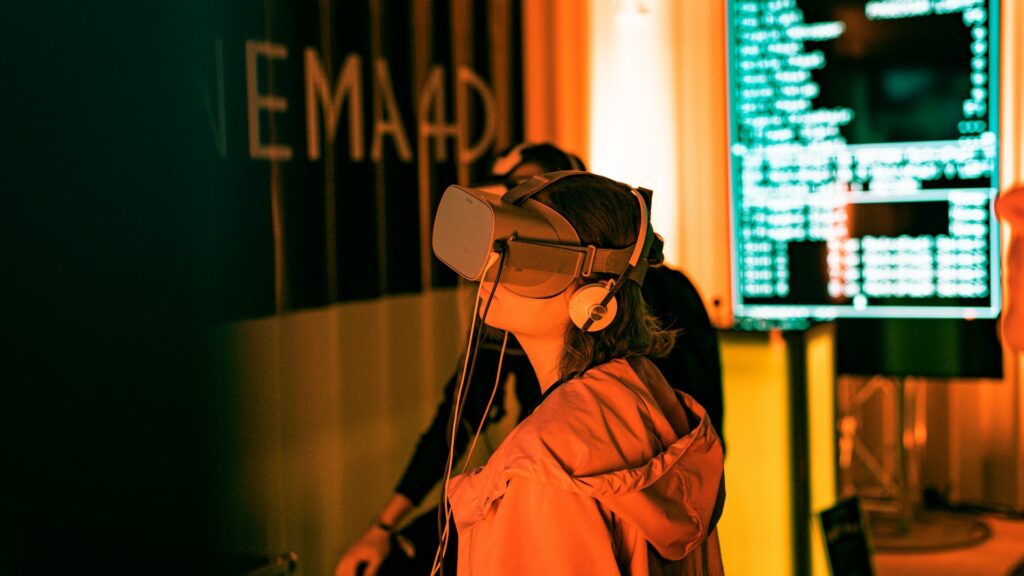In today’s fast-paced and ever-evolving business world, companies constantly seek ways to improve engagement, productivity, and retention. Enter gamification — a technique that has been gaining popularity in recent years as a tool for achieving these goals.
Gamification involves incorporating game-like elements into non-game contexts, such as the workplace, to motivate and engage individuals.
Gamification in HR, the use of game-like elements in human resources management, has the potential to revolutionize the way we work.
Imagine a workplace where employee engagement is not just a buzzword but a tangible metric you can track and improve upon through fun and interactive activities. Incorporating elements such as leaderboards, badges, and rewards can incentivize employees to meet targets, collaborate with colleagues, and develop new skills.
But gamification is not just about creating a fun and engaging workplace. It can also help solve some of the most pressing HR challenges, such as reducing turnover and attracting top talent. Making the recruitment process more interactive and enjoyable is an excellent way for firms to attract candidates who are passionate about the work and the culture of the organization.
In this article, we will explore the benefits of gamification in HR processes, as well as some of the challenges and considerations that companies should keep in mind when implementing gamification techniques. Get ready to level up your HR game!
What Is Gamification?
Gamification is the process of applying game design and mechanics to non-game contexts to make them more engaging and enjoyable. In other words, it’s the practice of using game principles and elements, such as points, badges, levels, and leaderboards, to motivate and engage users in activities that may not otherwise be intrinsically enjoyable.
Gamification can be used in a variety of fields, including education, marketing, health and fitness, and employee training.
For example, a language learning app may use gamification to incentivize users to complete lessons and quizzes by awarding points or badges for their progress. At the same time, a fitness app can motivate users to exercise regularly by tracking their progress and rewarding them with virtual trophies or medals for reaching milestones.
Key Elements of Gamification in HR

There are several key elements to consider before you adopt HR gamification mechanisms. These include:
- Goals: The first step is to identify the desired outcomes and objectives that you want to achieve with your gamification strategy. It could include anything from trying to engage employees to reducing absenteeism or improving customer service.
- Mechanics: The mechanics are the rules, rewards, and incentives that will be used to motivate employees and make the game enjoyable. Examples of these include points, badges, leaderboards, levels, and virtual rewards.
- Platform: You must decide whether you want to create a standalone app or integrate the game into an existing platform, such as your internal intranet or an HR software system. Aribo can make this step much more straightforward, providing a comprehensive gamification platform.
- Metrics: Defining the metrics that you will use to measure success is essential for monitoring progress and evaluating the effectiveness of your efforts.
Benefits of Gamification in HR
- Boost Employee Engagement

One of the most significant benefits of gamification in HR is improved employee performance and engagement. When employees are engaged, they are more likely to be productive, satisfied, and loyal to the company. Gamification can help you achieve this by making work more enjoyable and rewarding.
By incorporating game-like elements, companies can create a sense of competition and excitement among employees, which can motivate them to work harder and more collaboratively.
- Enhanced Learning and Development
Gamification might also be an effective tool for learning and development. Interactive and engaging training programs can help employees acquire new skills and knowledge more effectively.
Gamification can be particularly effective in industries that require regular training and upskilling, like healthcare and technology. Incorporating game-like elements into training makes employees more likely to retain information and enjoy the learning process.
- Increased Productivity
Since gamification engages employees in different ways, you could also use it to increase productivity. Challenges and incentives for meeting targets may encourage employees to work more efficiently and effectively. This factor can be particularly valuable in industries where regular productivity is essential, such as manufacturing and logistics.
Incorporating game-like elements into work processes can be a significant advantage for many companies. It creates a sense of urgency and excitement, which can motivate people to work harder and faster.
- Better Recruitment and Retention

Gamification can also help you with the tricky task of recruitment and retention. By creating an engaging and enjoyable recruitment process, you can attract candidates who are passionate about the work and the culture of the organization. In industries where competition for top talent is high, such as technology and finance, achieving this level of professionalism is essential for success.
You can use gamification to retain employees by creating a sense of loyalty and commitment to the company. For instance, by rewarding your staff for their achievements and contributions, you can create a sense of pride and satisfaction that can help to reduce turnover.
Challenges

Although gamification can be a powerful tool for HR, there are also some challenges and considerations that companies should keep in mind when implementing gamification techniques.
- Integration With Existing Systems
One of the biggest challenges of gamification in human resources is integrating it with existing systems. Companies may need to invest in new software or tools to support gamification, which can be costly and time-consuming.
It is vital to ensure that gamification is seamlessly integrated with existing HR systems, such as performance management and employee feedback, to guarantee that it is effective and does not create an additional administrative burden.
- Design and Implementation

Designing and implementing effective gamification programs can also be a challenge. Companies need to carefully consider the game-like elements they will incorporate in that they align with the company’s values and goals. It is also essential to ensure the gamification program is designed in a way that is inclusive and does not create additional stress or pressure for employees.
That’s why it might be beneficial to use existing software or an app like Aribo. This platform allows you to create various personalized campaigns using a wide range of available functions and activities.
- Metrics and Measurement
Another challenge of gamification in HR is measuring its effectiveness. Companies need to establish clear metrics and measurement tools to assess the impact of gamification on employee satisfaction and engagement, productivity, and retention.
This step can be challenging, as gamification can be a complex and multifaceted technique that can impact various aspects of HR.
- Balancing Fun and Seriousness
Finally, companies need to ensure they strike the right balance between fun and seriousness when implementing gamification in HR. Even though gamification can be a powerful tool for creating an enjoyable and engaging workplace, it should not detract from the seriousness of work or create a sense of frivolity or distraction.
Examples of Gamification Use in HR

Gamification is a versatile technique that can be applied in many different ways within HR. Here are some examples of how companies use gamification in HR to engage employees and improve learning and development, productivity, recruitment and hiring process, and retention.
- Employee onboarding: You can use gamification to make the onboarding process more engaging and interactive. For example, new employees can be presented with a game that teaches them about the company culture and values or a quiz that tests their knowledge of company policies and procedures.
- Training and development: Gamification can enhance training and development programs, making them more engaging and effective. For example, employees can be presented with interactive simulations and games that help them learn new skills and concepts.
- Performance management: Gamification may help motivate employees to perform better and achieve their goals. For instance, employees can be presented with challenges and rewards for meeting or exceeding their performance targets.
- Employee engagement: Gamification can improve engagement and morale, e.g., employees can be given points and rewards for completing tasks, participating in company events, or achieving milestones.
- Recruitment: Gamification can be used to attract and engage potential candidates. For example, companies can create games or challenges that test candidates’ skills and knowledge and offer prizes or rewards to those who perform well.
- Wellness programs: Gamification can help promote healthy behaviors and wellness among employees. Staff members can be encouraged to participate in fitness challenges or step-counting competitions, with rewards for achieving certain milestones.
- Leadership development: Gamification can be used to develop leadership skills among employees. They can be presented with scenarios that test their decision-making and problem-solving skills and be given feedback and rewards for demonstrating effective leadership.
- Team building: Gamification can also facilitate team building and collaboration among employees. Faced with challenges or games that require them to work together and communicate effectively, your staff members can develop a genuine bond with each other and improve their productivity as a team.
- Employee recognition: Gamification can be used to recognize and reward employees for their achievements and contributions. For example, they can be given badges or points for completing tasks, reaching milestones, or demonstrating desired behaviors.
These are just a few examples of how gamification can be used in HR. The possibilities are endless!
The key is to design games and challenges that align with the organization’s goals and values and are engaging and motivating for employees.
Aribo allows you to create integration games where employees can compete with each other in groups or individually. The platform may also support an interactive onboarding process, where employees can navigate their own learning journey and discover the company culture.
With Aribo, you will also be able to organize company-wide events and challenges, awarding points and badges to employees for their achievements.
Implementing Gamification in HR: Key Elements to Consider

Implementing gamification in HR requires careful consideration of several vital elements to ensure its effectiveness. These elements include setting clear goals, defining game mechanics, deciding on a platform, and determining metrics for measuring success.
- Setting Clear Goals
Before implementing gamification in HR, it’s essential to identify clear goals and objectives. These goals may vary depending on the organization’s needs and can include improving employee engagement, productivity, or retention.
By identifying clear goals, companies can align their gamification strategies with their HR objectives and ensure that it contributes to their overall business strategy.
- Defining Game Mechanics
Game mechanics are the rules, rewards, and incentives that motivate employees to participate in gamification activities. Examples of game mechanics include points, badges, leaderboards, and virtual rewards. These elements can create a sense of competition and excitement among employees and motivate them to work harder and more collaboratively.
Companies should carefully consider the game mechanics they will incorporate to ensure they align with their goals and values and create an engaging and enjoyable experience for employees.
- Deciding on a Platform
Companies need to decide on a platform for implementing gamification in HR. It may involve creating a standalone app or integrating gamification into an existing platform, such as an internal intranet or HR software system.
Choosing the right platform is essential for ensuring that gamification is seamlessly integrated with existing HR systems, is effective, and does not create an additional administrative burden.
- Determining Metrics for Measuring Success
Companies need to define clear metrics for measuring the effectiveness of gamification in HR. These metrics may include engagement levels, productivity, absenteeism, or turnover rates.
By establishing clear metrics, companies can monitor progress and evaluate the effectiveness of their gamification strategy.
The Bottom Line
Gamification in HR has the potential to revolutionize the way we work. By incorporating game-like elements into the workplace, companies can improve employee engagement, productivity, and retention. Gamification can also be an effective tool for learning and development, as well as recruitment and retention.
Nonetheless, there are also some challenges and considerations that companies should keep in mind when implementing gamification. These include integrating it with existing systems, designing and implementing effective programs, establishing clear metrics and measurement tools, and striking the right balance between fun and seriousness.
Overall, gamification is a technique that HR managers should consider when looking for innovative ways to improve engagement and productivity. By carefully considering the benefits and challenges of gamification, companies can create a workplace that is fun, engaging, and effective.
If you have any doubts or questions, or you want to start implementing gamification into your HR efforts, don’t hesitate to contact us at Aribo!
